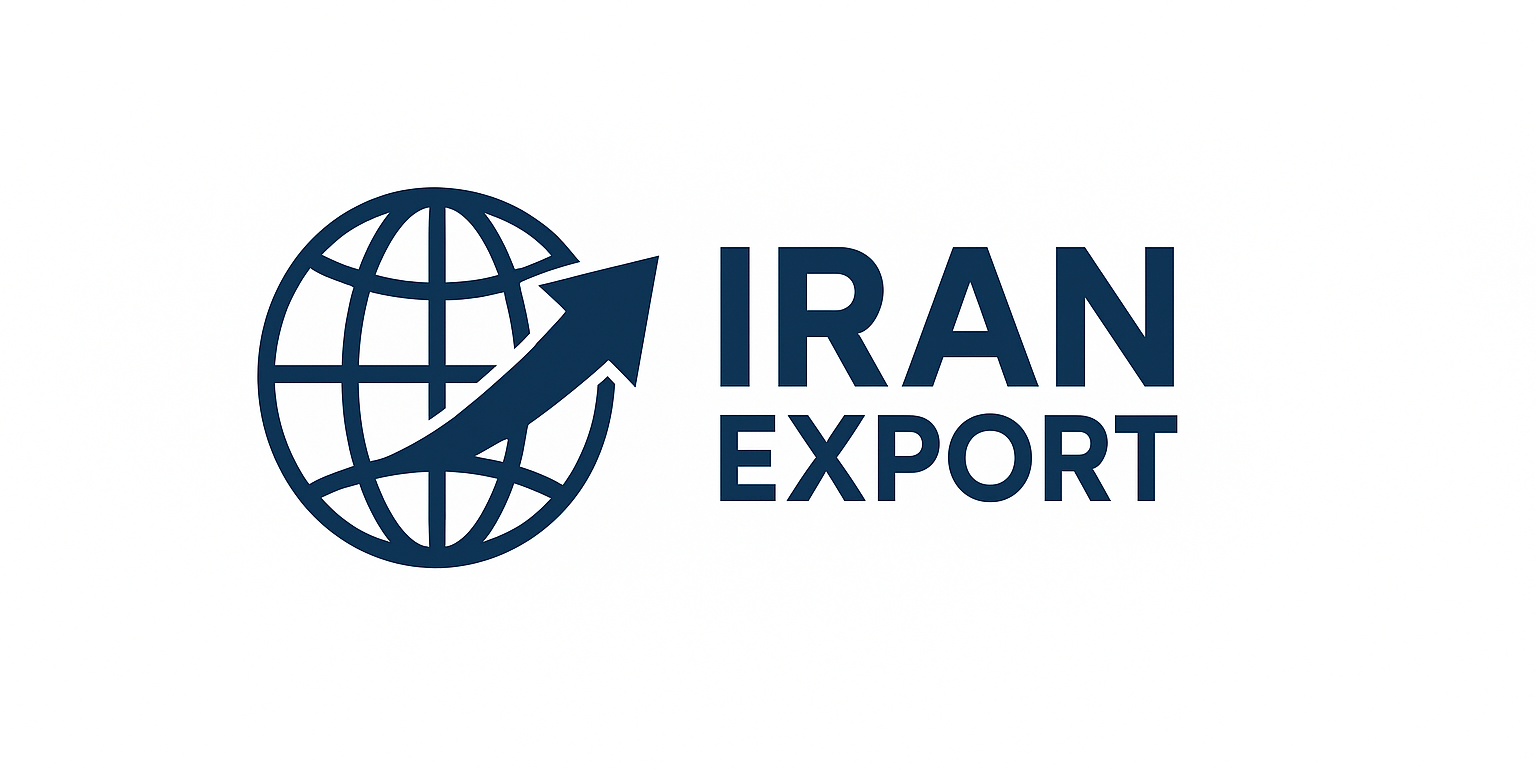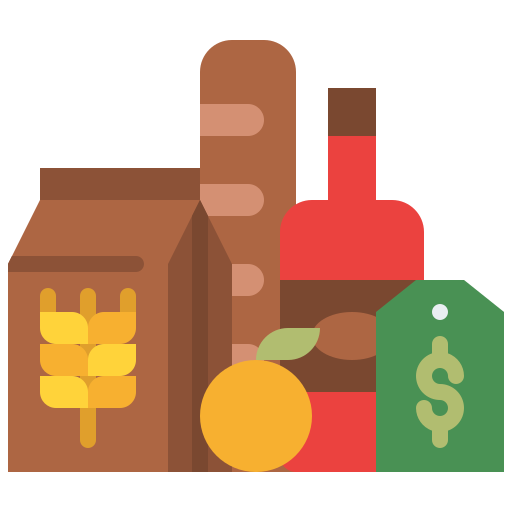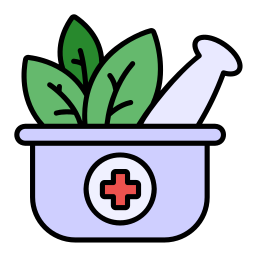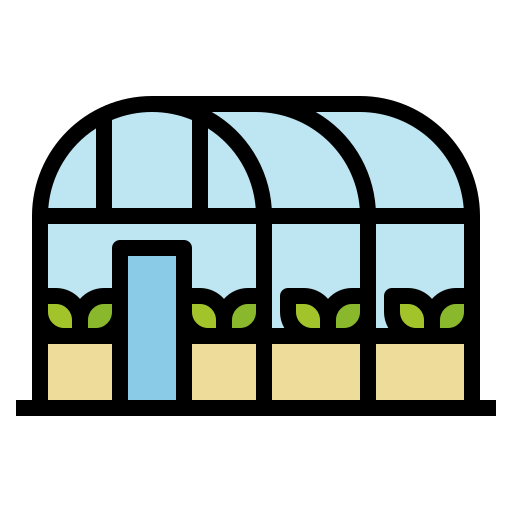Iran’s agriculture and food industry is a strategic sector that plays a key role in food security, employment, and non-oil exports.
Iran benefits from unique climatic diversity, enabling the cultivation of a wide range of crops, horticultural products, livestock, and aquaculture. Despite challenges such as water scarcity, advancements in drip irrigation, greenhouse farming, and mechanization are gradually improving efficiency.
Agriculture contributes over 10% to Iran’s GDP and supports the livelihoods of millions of people, both directly and indirectly.
Iran is a major supplier of products such as pistachios, saffron, dates, apples, citrus fruits, seafood, and processed foods like tomato paste, dried fruits, and dairy products.
Regarding competitive advantages, Iran benefits from fertile soil, low labor costs, organic production potential, and a strategic location with access to regional markets. With centuries of agricultural heritage, the country has strong potential for sustainable growth in this sector—though improvements are still needed in productivity, water management, packaging, and international marketing.






